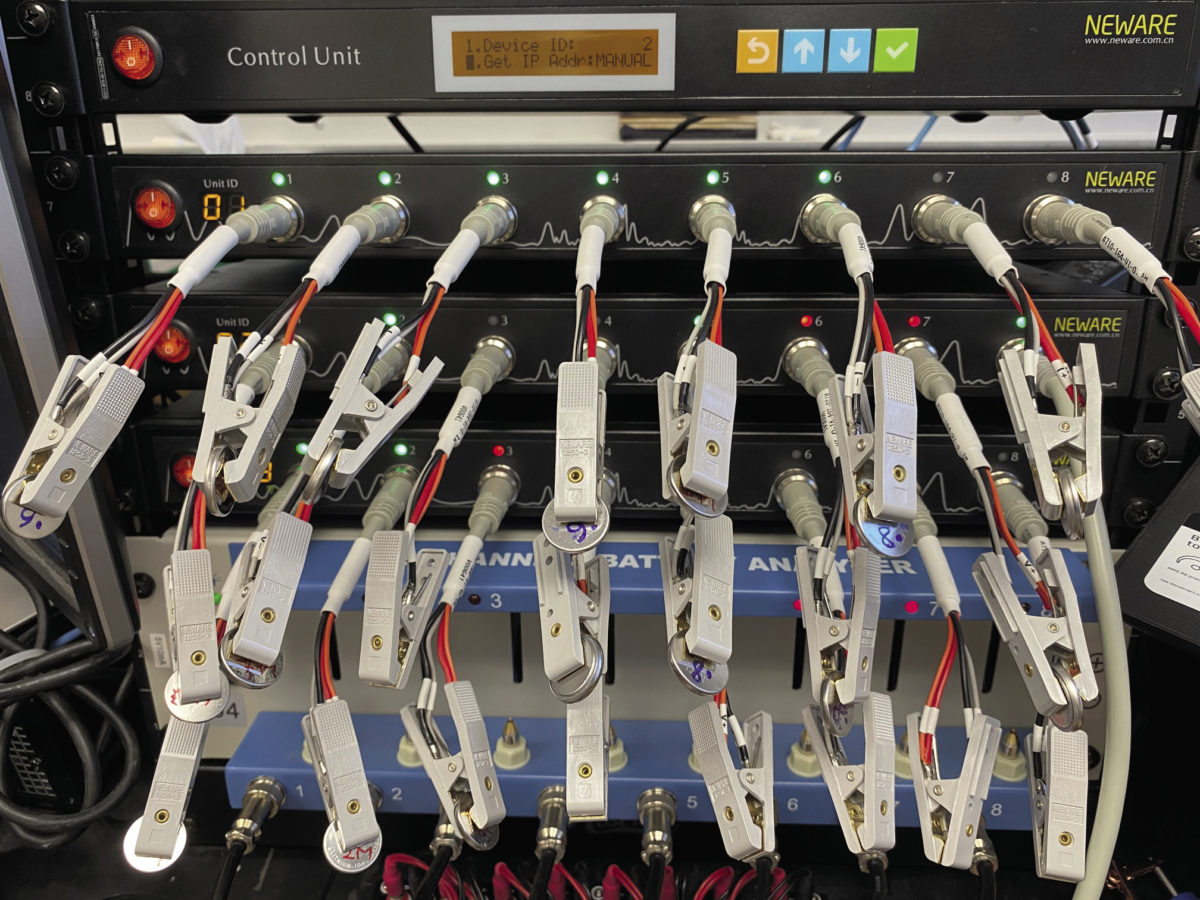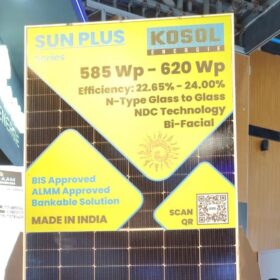From pv magazine 08/2021
The challenge for new energy storage technologies lies not in the ability of battery materials to store electricity. We have seen reports of materials with the potential to exhibit capacities 10 times greater than those of traditional lithium-ion materials. The problem lies in the ability to do so reversibly, over thousands of cycles, safely and cheaply. To achieve this, we need more variety in the materials used in battery electrodes. This requires the development of new auxiliary battery materials.
The current state-of-the-art lithium-ion technology has been incredibly successful over several decades. Lithium-ion batteries were crucial in driving the mobile computing revolution and continue to push the development of electric vehicles and grid-scale energy storage.
Their success lies in the remarkable stability and reversibility of the underlying chemistry. Lithium-ion batteries are tremendously efficient in storing and releasing charges over thousands of cycles. The key to this performance is intercalation chemistry. Similar to the way a shelf forms a framework for storing books, intercalation materials are rigid structural frameworks into which lithium ions can be inserted and removed. Using such a framework, the volume and shape of the charge-storing materials doesn’t change, even though their lithium content varies as the battery is charged and discharged – the shelf retains its structure whether books are on it or not.
Only a small amount of simple auxiliary materials, typically a fluorinated polymer and conductive carbon powder, is needed to hold these electrodes together and ensure stable operation over many cycles. Yet, the charge-storing framework structures carry their own weight and volume. Over the last 30 years, researchers have whittled away at these frameworks to make them smaller and lighter. The consequence of this optimization is that it is now becoming necessary to mitigate the partial collapse of new intercalation materials during cycling. In other words: Today’s battery technologies are nearing the intrinsic limit of charge-storage by intercalation.
Beyond lithium-ion
Hence, “beyond lithium-ion” has become a rallying cry for those working on the development of new battery materials. Metal anodes, sulfur cathodes, alloying materials, and a host of other innovations under investigation at universities and research institutes the world over promise impressive leaps in battery energy density and lifetime. Yet, many of these materials come with significant volume and morphological changes. They do not exhibit the same stability of intercalation chemistry – the books distort the shape of the shelf. With such new materials, the same simple auxiliary materials used in today’s lithium-ion batteries cannot maintain electrode structure during charging and discharging. Consequently, electrodes break apart and battery capacity fades rapidly.
While materials scientists reveal new charge-storing materials at a rapid pace, the development of auxiliary materials to accompany them has not kept up. New binders and conducting additives are needed for the development of next-generation batteries. Such materials can be better adhesives, accommodate the volume changes of the charge-storing materials, reduce the occurrence of side-reactions and more. Thus, they allow reliable cycling of the next generation of charge-storing materials. The lack of diversity in auxiliary materials is a bottleneck in the development of new batteries reaching higher energy densities and longer operational lifetimes.
MXenes, conductive polymers
Recent research has demonstrated the possibilities that can arise from the development of new auxiliary materials. For example, binders based on MXenes, a class of two-dimensional nano-materials, improve adhesion of the conductor in the electrode to the charge-storing material. In a collaboration between Trinity College Dublin and Drexel University, MXene binders in silicon electrodes have been demonstrated to maintain capacities that are five times larger than traditional graphite, even after hundreds of charge-discharge cycles.
Another viable option for binders are based on intrinsically conductive polymers. These are metal-free plastics that can exhibit metallic conductivity. My group’s research has demonstrated the viability of battery electrodes utilizing conductive polymer binders without the use of any other conducting additive. These binders are cheaply manufactured, highly adhesive and can be processed in water. Examples such as these expose the expanse of underexplored auxiliary materials exhibiting strong potential for use in battery electrodes.
As new auxiliary materials are developed, the battery development pipeline starts to get unclogged. Charge-storing materials, that have been praised as a new breakthrough but couldn’t demonstrate long-term cycle life, efficiency and stability, will become commercially relevant. Only when all battery components act in ideal symbiosis, based on a broad palette of material choices, will we see the long-promised leaps in battery performance come to fruition.
About the author
Christian Kuss studied chemistry at the Dresden University of Technology in Germany, and completed his Ph.D. in battery chemistry at Université du Québec à Montréal, Canada. He continued his training in electrochemical materials at McGill University in Canada and the University of Oxford as an NSERC post-doctoral fellow. In the process of developing battery materials, he worked with General Motors, Johnson Matthey, and other key industrial partners. He lists publications in Nature Materials, Energy & Environmental Science, and Chemical Science, as well as two patents. He is currently an assistant professor at the University of Manitoba and a member of the Manitoba Institute for Materials, where he conducts research on electrode structure and charge transport in batteries.
This content is protected by copyright and may not be reused. If you want to cooperate with us and would like to reuse some of our content, please contact: editors@pv-magazine.com.








Just use Compressed Air with or without heat/heat recovery….. no need for all these “exotic” materials…